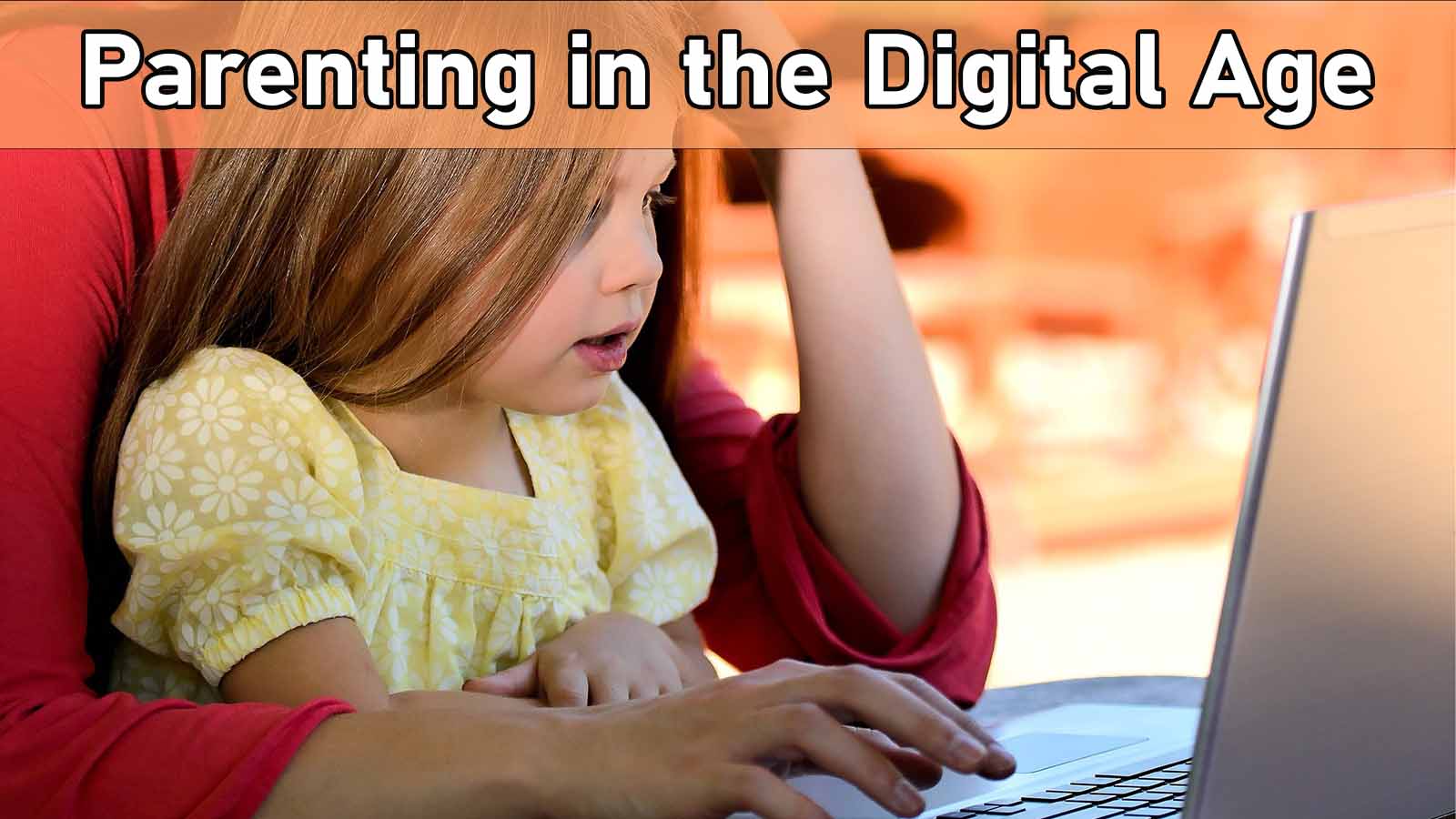Parenting in the Digital Age
Navigating Screen Time and Technology with Children
The widespread use of technology has infiltrated all sections of modern life, including parenting. Whereas in the past parenting was simply understood as the upbringing of little ones, technology now comes to redefine child upbringing. Parenting in the digital age can thus be described as the processes parents go through as they raise their offspring in the presence of digital devices. There are many studies that have been carried out to ascertain the pros and cons of young ones using digital devices.
In a nutshell, digital devices can be described as gadgets that transmit, store, and or receive digital data. These devices include computers, mobile phones, and tablets, among others. The gadgets can also be used to access the internet and visit sites such as get welcome bonus from GGbet, watching movies, or logging onto social media platforms, among other forms of entertainment. There are advantages and disadvantages to children having access to digital devices. Therefore, experts advise parents to exercise control over their children’s access to these gadgets.
Pointers on how to Nurture Children in the Modern Era
Naturally, all parents want their little ones to flourish and develop into well-rounded members of society. Therefore, they are willing to nurture them and protect them from anything that would prove to be harmful. Although electronic tools may have a positive impact on children, it is imperative that adults guide them on how to make use of the resources so that they are shielded from the negative effects. These are some of the guidelines caregivers can follow to protect their young ones.
Lead by example
It is said that children do what they see rather than what they are told. Therefore, the little ones will adopt the habits they observe from their parents. It thus falls upon the guardian to exercise good use of digital tools in the presence of the little ones. This includes limiting screen time while at home and avoiding the use of screens at dinner time or when going to bed. This will show the child that there are time limits to when they should be on their gadgets. At the same time, it creates time for the nurturer to spend quality uninterrupted time with the young ones.
Be Open
Talk to the young ones openly about what the world of social media is all about. Let them know from an early age how to identify content that is false or misleading or even how to know what content is not suitable for their age. This also creates an environment where they feel safe to approach the caregiver should they encounter something negative while using their gadgetry.
Exercise Control
In the modern era, there are various ways of enjoying screen time among the little ones. This can be through television, where the child can watch a movie; through a tablet, where they can play video games; or through a mobile phone, where they can log onto social media and chat with other online users.
All these methods come with their own problems and benefits. It is, therefore, up to the caregiver to set the parameters. When the child is still young, it is easy for the parent to determine what content they will consume because they are the ones to perhaps set the channel the child watches as they may not understand how to control the television remote or the smartphone. However, as children grow older, they start to have more understanding, which results in them choosing shows for themselves and dictating what content to consume. As a result, it falls on the guardian to direct how the screen time will be consumed. It is advisable to have open conversations with the teenagers and come to an understanding of how to regulate their digital consumption. Questions such as when you should buy a mobile device for your child elicit a lot of controversy and may even cause family disagreements. The caregiver should determine when and how the offspring gets access to the gadgets.
Set Parameters
There should be clear instructions on what the little ones are allowed to consume online. The adult should clearly explain to them what is expected of them, including what sites they can visit and what they are not allowed to access. This can be enhanced by setting up parental control whereby an access code is required when visiting certain sites. It could also be that the devices can only be used at certain times or upon completion of homework.
Provide alternatives
It is advisable to curate experiences for the younglings that do not involve screens. This shows them the option of still having fun without relying so much on their gadgets. Each household, child, parent, and parent-child relationship is different. It is up to adults to empower their little ones to understand how to use technology and enjoy its benefits.


